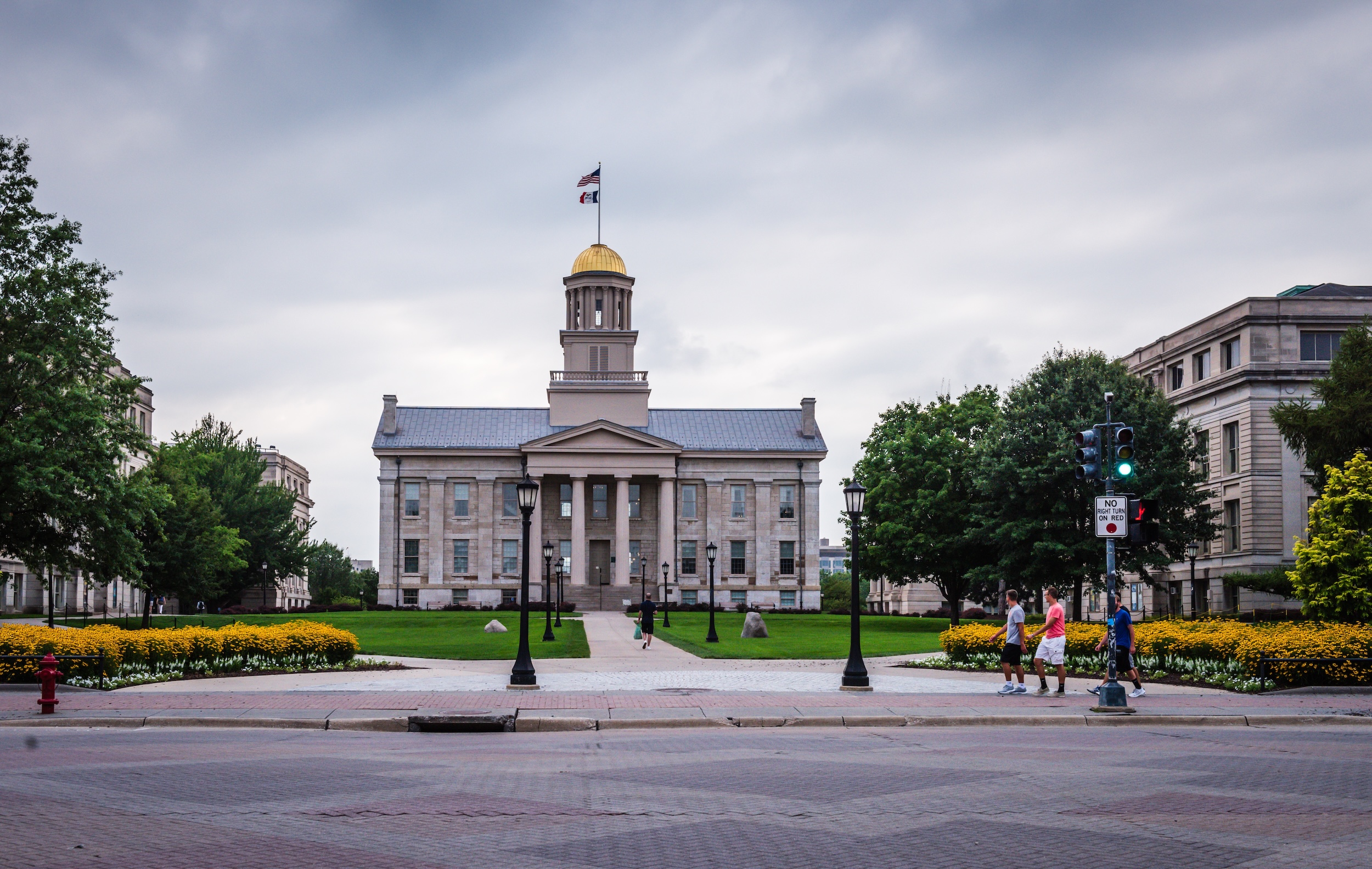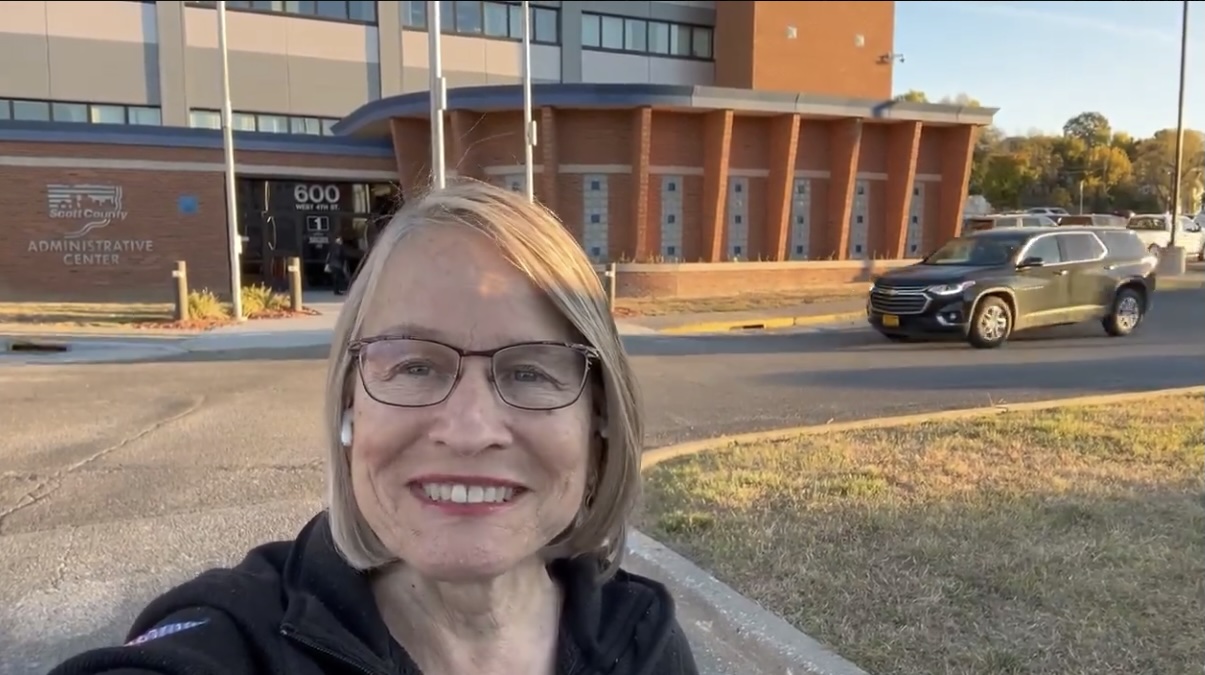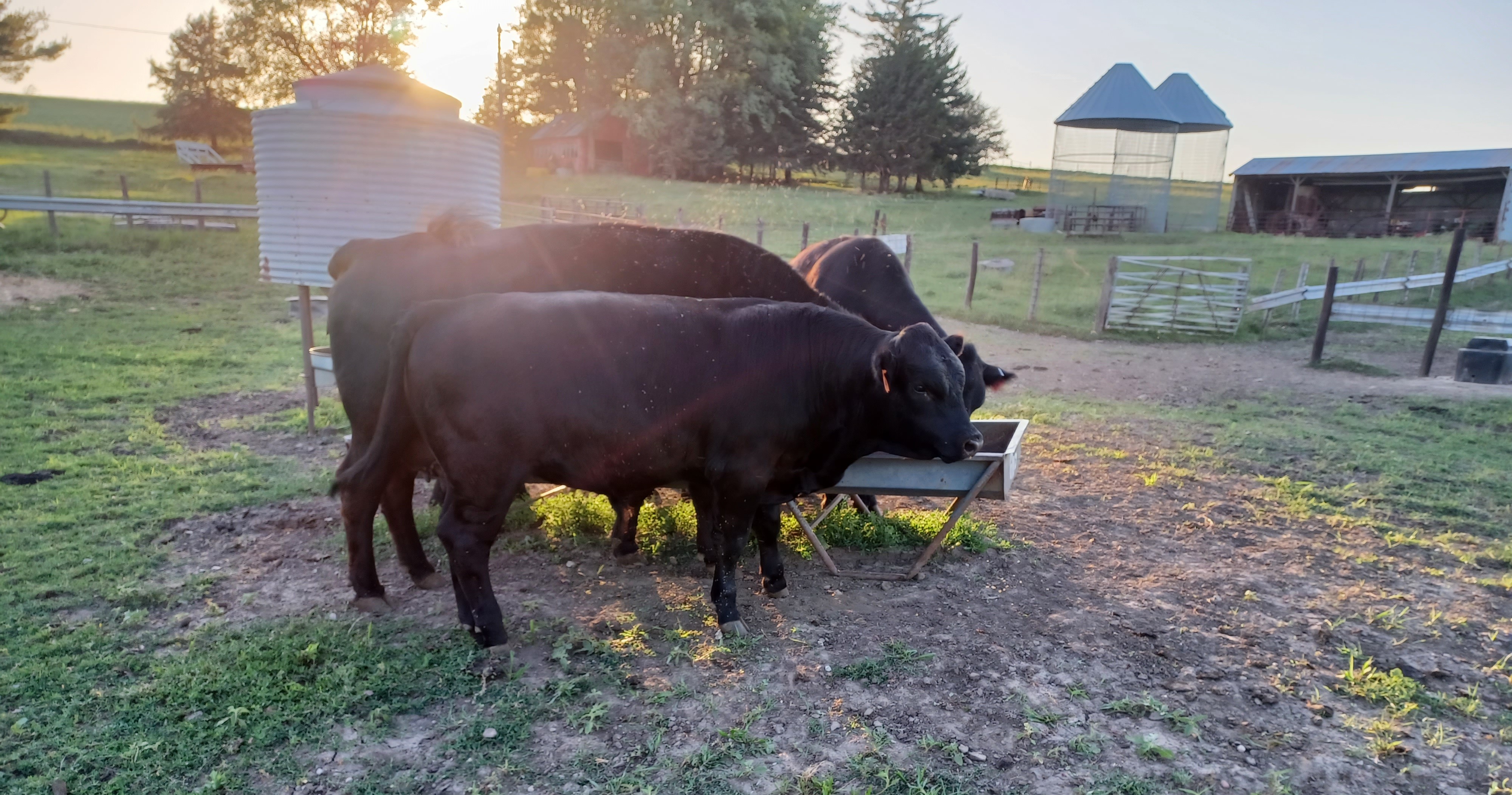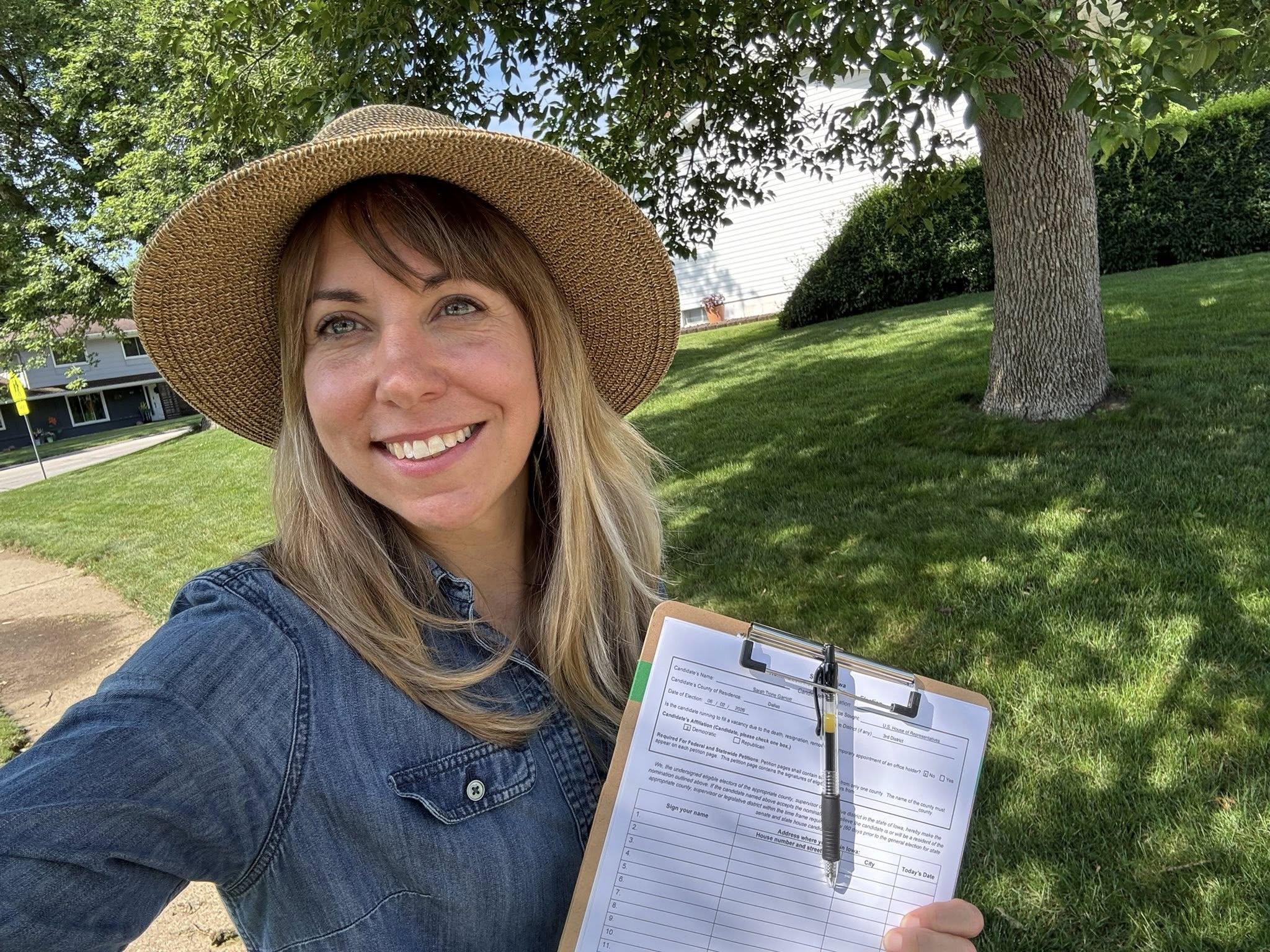greg wickenkamp is a lifelong Iowan.
Republican legislators recently created the University of Iowa’s Center for Intellectual Freedom to advance an agenda around a particular conception of American Heritage. The “freedom” it advances has a specific meaning.
Freedom can, of course, mean different things. Freedom for people to earn a decent living, for example, is different from the freedom to exploit workers or the freedom to stand in line at a soup kitchen. The freedom for a trans child to simply exist unencumbered is different from the “freedom” of teachers and peers to deadname and bully that child. The former results in a more healthy and vibrant society. The latter can result, as Iowans tragically demonstrated, in death.
Continue Reading...



















